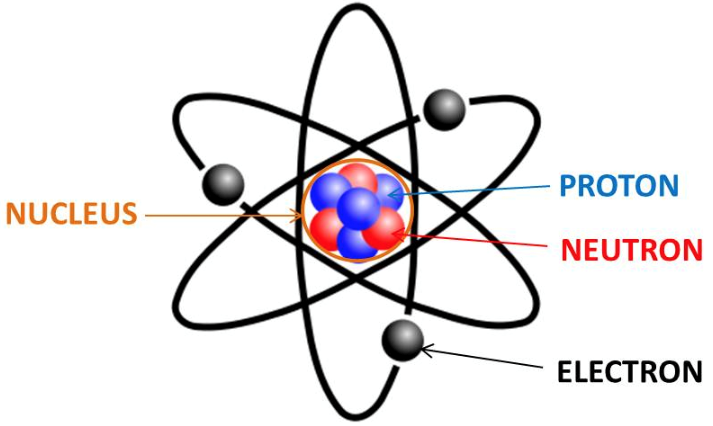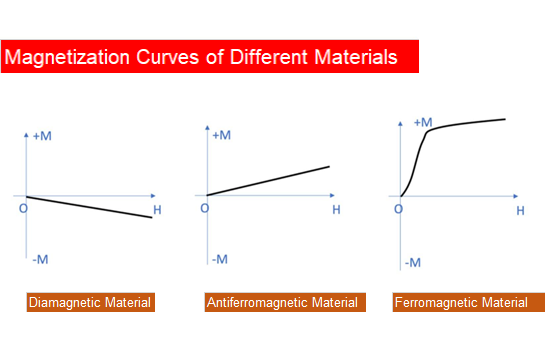Introduction
Magnetism, a fundamental force of nature, originates from the atomic level, particularly from the magnetic moments of electrons within atoms. This article delves into the concept of magnetic moment, its relationship with magnetic flux, and its significance in the realm of magnetism.
The Origin of Magnetism: Electron Magnetic Moments
Magnetism in materials stems from the atomic structure. Atoms, composed of nuclei and electrons, exhibit magnetic properties due to the motion and spin of these electrons. Electrons possess orbital magnetic moments from their motion around the nucleus and spin magnetic moments due to their inherent spin. The aggregate magnetic moment of an atom primarily arises from these electron magnetic moments, forming the basis of material magnetism.

Directional Nature of Magnetic Moments
Magnetic moment is a directional vector. In atoms, electrons spin either ‘up’ or ‘down.’ In most materials, the number of electrons spinning in each direction is equal, leading to a cancellation of their magnetic moments and rendering the atom non-magnetic. However, in certain materials, an imbalance in the spin direction of electrons results in a net magnetic moment at the atomic level. The magnetic moment of a single atom depends on its atomic structure, with every element in the periodic table having a unique atomic magnetic moment.
Magnetic Properties of Materials: From Atomic to Macroscopic Level
The varying magnetic moments of different atoms lead to diverse interactions at the macroscopic level. At room temperature, the arrangement of atomic magnetic moments differs, categorizing materials into various types such as paramagnetic, diamagnetic, ferromagnetic, antiferromagnetic, and ferrimagnetic, based on their magnetization intensity and susceptibility in an external magnetic field.

Magnetic Moment and Magnetic Flux: Correlation and Measurement
Magnetic moment and magnetic flux are crucial parameters in describing the strength of a permanent magnet’s magnetism. While they are related, they represent different physical quantities.
The standard method for measuring magnetic moment follows the International Electrotechnical Commission’s IEC60404-14 standard (using pull or rotation methods to test the magnetic dipole moment of ferromagnetic materials). The measurement of magnetic moment involves calculating it from the measured open-circuit magnetic flux. Conducting measurements in a Helmholtz coil with a strictly calibrated coil constant \(k\) allows for the determination of magnetic flux \(\Phi\). This flux value can then be used to calculate the material’s magnetic moment \(M\), using the formula:
\[ M=k \times \Phi \]
where \(M\) represents the magnetic moment of the magnet, measured in Weber-centimeters (Wb·cm⁻¹), k is the coil constant in centimeters⁻¹, and \(\Phi\) is the magnetic flux in Webers (Wb).
For the same magnet, the magnetic flux measured under different coil constants varies, but the calculated magnetic moment remains consistent. Therefore, discussing magnetic moment provides a more accurate and efficient way for buyers and sellers to communicate about magnet properties.
Conclusion: The Intricacies of Magnetic Moments in Material Science
Understanding the magnetic moment and its relationship with magnetic flux is essential in the field of material science, especially for applications involving permanent magnets. This knowledge not only aids in comprehending the fundamental nature of magnetism but also plays a crucial role in the practical application and communication of magnetic properties in various technological domains.
